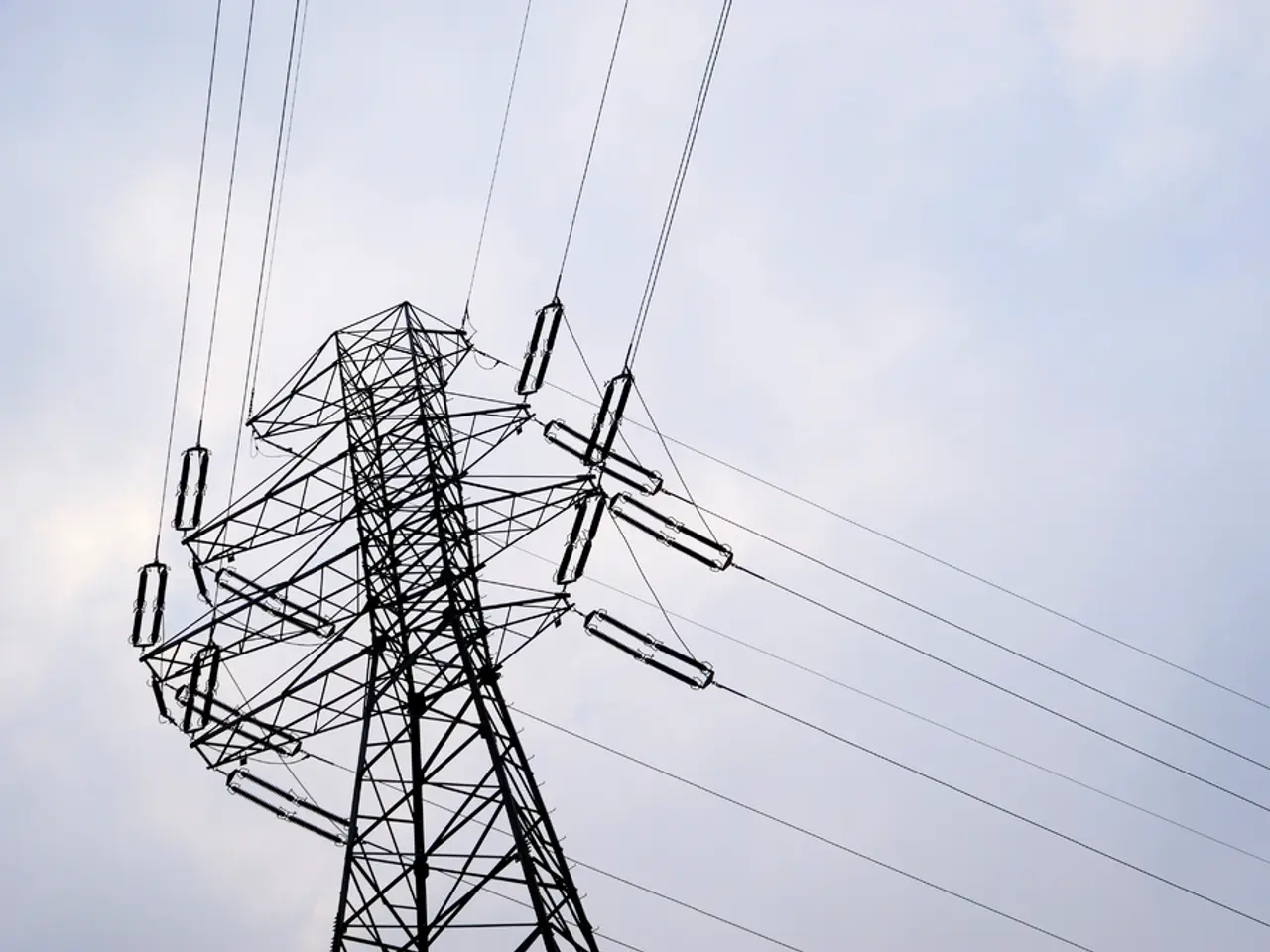Starlink's Disruptive Impact on Africa's Internet Sector
Starlink, the satellite internet service led by SpaceX, is making waves in Sub-Saharan Africa, particularly in areas underserved by traditional ISPs. According to Ookla data, Starlink's median download speeds in Africa, notably in Kenya, reached around 47 Mbps in Q1 2025, marking a significant improvement from Q3 2022's 53.95 Mbps global median [1][2][3].
However, the African market presents unique challenges for Starlink. In Kenya, the service has lost about 2,000 users during Q1 2025, dropping to approximately 17,066 subscribers. This decrease is attributed to growing competition from local ISPs offering cheaper services with competitive speeds [1].
In comparison, traditional ISPs in Africa may provide lower prices and sometimes faster or more stable connections in urban areas with existing infrastructure. But in rural or remote areas, Starlink remains a valuable option for internet access where traditional networks are lacking [1].
Download Speeds and Latency
Starlink outperformed local ISPs in download speeds in every country surveyed. For instance, in Botswana, Starlink offered a download speed of 106 Mbps, far surpassing the 9.36 Mbps offered by other ISPs [3]. However, latency remains Starlink's Achilles' heel, with Ghana's Starlink latency at approximately 130 ms compared to 13 ms on fiber [3].
Upload Speeds and User Base Trends
Kenya leads in upload speeds with 14.85 Mbps, followed by Ghana and Rwanda with over 13 Mbps [3]. Unfortunately, detailed Ookla-sourced latency and upload/download speed comparisons exclusively focused on Africa for Q1 2025 are not publicly available [1][2][3].
The user base trend also shows a decrease in Starlink's subscribers in Kenya, while traditional ISPs have seen an 8% growth in Q1 2025 [1].
Cost and Regulation
Starlink's service can be notably more expensive, which has contributed to user losses in Kenya despite its technological advantages. In response, Zimbabwe is offering deep discounts for unlimited data on Starlink, undercutting expensive fiber packages [3].
Regulatory challenges are delaying launches in countries like Angola, and there are no licenses in South Africa, Senegal, DRC, Côte d'Ivoire [3].
The Future of Starlink in Africa
The future of Starlink in Africa remains uncertain. Affordability, regulation, and reliability will determine if Starlink is a short-term disruption or a long-term solution. With next-gen satellites in orbit and more PoPs planned, Starlink may further narrow the digital divide [3].
Airtel Africa signed a deal in May 2025 to integrate satellite connectivity in 9 countries, hinting at a hybrid model combining satellite backhaul with local mobile or Wi-Fi infrastructure [3]. Starlink is also partnering with telcos to scale responsibly [3].
In summary, while Starlink offers fast, widely accessible internet in Africa, its performance is influenced by factors beyond raw technical performance, such as cost competitiveness and local ISP growth.
| Metric | Starlink in Africa (Kenya, Q1 2025) | Traditional ISPs in Kenya (Q1 2025) | |------------------|----------------------------------------------------|----------------------------------------------| | Median Download Speed | ~47 Mbps Average (Kenya-specific) | Varies, often cheaper with competitive speeds| | Median Upload Speed | Not specifically reported for Africa region | Not specified | | Latency | Typically 20-40 ms (LEO technology general range)| Usually higher for satellite; terrestrial varies| | User Base Trend | Decreasing (lost ~2000 users) | Increasing (8.1% growth) | | Cost | Higher, leading to user loss | Lower, driving subscriber growth |
[1] Ookla Report, Q1 2025 [2] SpaceX Report, Q1 2025 [3] Various news sources, Q1 2025
In the competition between Starlink and traditional ISPs in Africa, Starlink demonstrates superior download speeds, with Kenya's Starlink users experiencing a median download speed of around 47 Mbps in Q1 2025. On the other hand, technology advancements in the field of space-and-astronomy, particularly SpaceX's Starlink, and science have significantly improved satellite internet services, offering high-speed internet to underserved areas like rural Africa.




